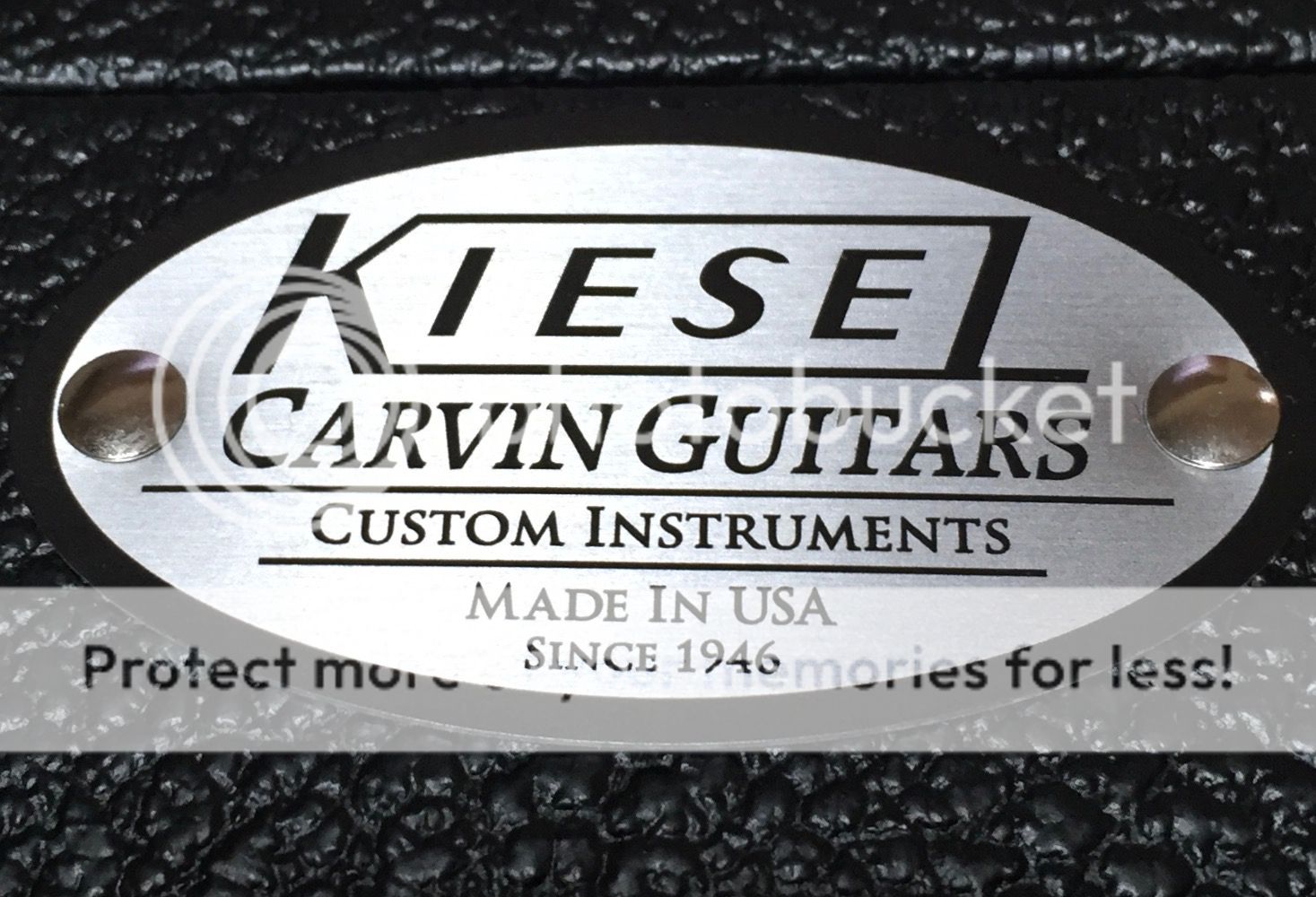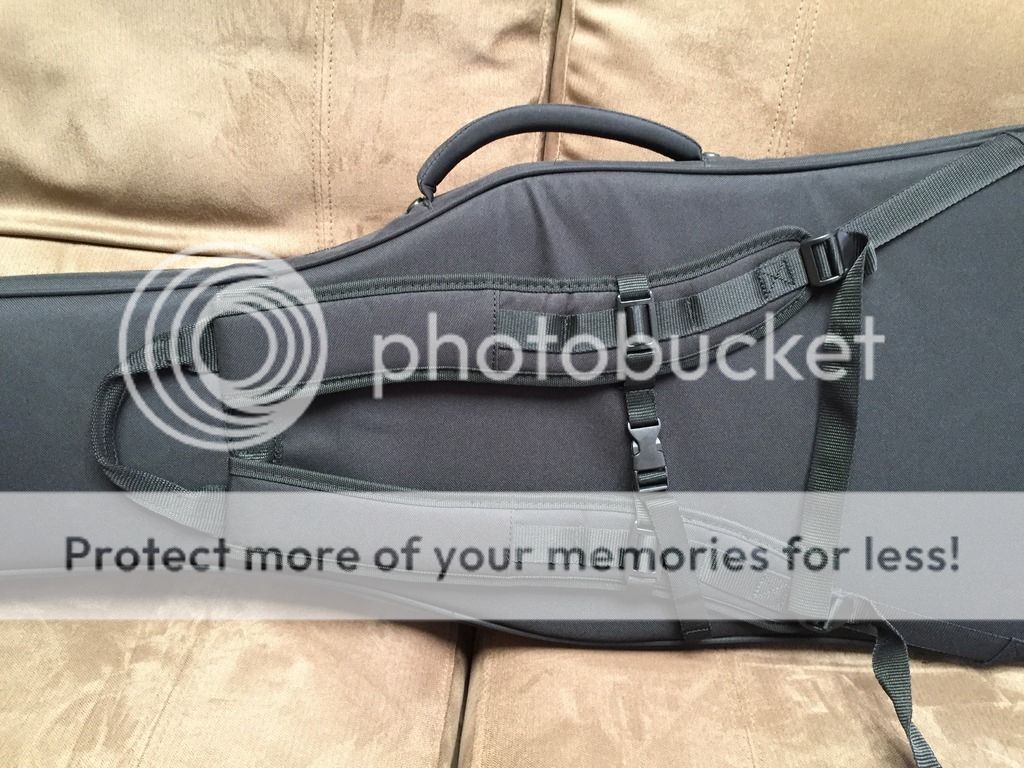Convenience has become an obstacle in my 108 Days of Practice adventure.
 |
| A great sounding practice rig, and lovely space |
 |
| Boss TU-88 is a great alternative for silent practice |
So what to do? Use the above excuses as reasons not to practice? Admittedly, that is exactly what I have done over the last few weeks when skipping practice. Granted, I still got in some good practice sessions, but not quite every day as the project requires... more like every other third day.
Sweetwater to the rescue!
While taking an honest look at my practice habits last week, I logged on to my favorite on-line retailer to explore items that would address my reasons for skipping practice, thereby enabling me to practice more often. After an hour or so, I narrowed my search to something that is easy to carry from room to room, with a built in speaker, headphone jack, and auxiliary input; and one rather important feature-- it must be under $100. All of which pointed to a small practice amp, though most were outside my price range, or starter amps that are just too cheap to bother with.
Then there was one!
 |
| First test-run of the amp with my G&L LB-100 |
Sound Test
As soon as the amp arrived I grabbed my favorite bass and plugged in; mainly to make sure nothing was damaged from shipping. At first I intended to spend a few minutes going through the controls just to make sure everything was good. Surprised at how good this little amp sounded, I ended up spending the next two hours playing though this little box of tone. Part of the initial getting acquainted period was fiddling with the knobs and the two switches.
Controls are simple: volume, bass, mid, treble. As is my starting point, I ended up leaving all at their center detent except the volume, which I set to roughly 25%. The tone is classic Fender, and loud enough to fill our living room. The two switches (buttons, to be precise) are "overdrive," and "contour." The first does what one would expect, which never really appealed to me. "Contour" seems to scoop out the midrange; again, a feature that I could happily do without.
 |
| Everything I require in a practice amp |
 |
| Metronome, iPod, headphones, and a great sounding speaker! |
 |
| Sounds just as good as it looks! |
Since its arrival last week, I have played the heck out of the Rumble. Will this little wonder of an amp encourage me to practice more often? We will have to wait and see. In the meantime...
...stay tuned & in tune!






